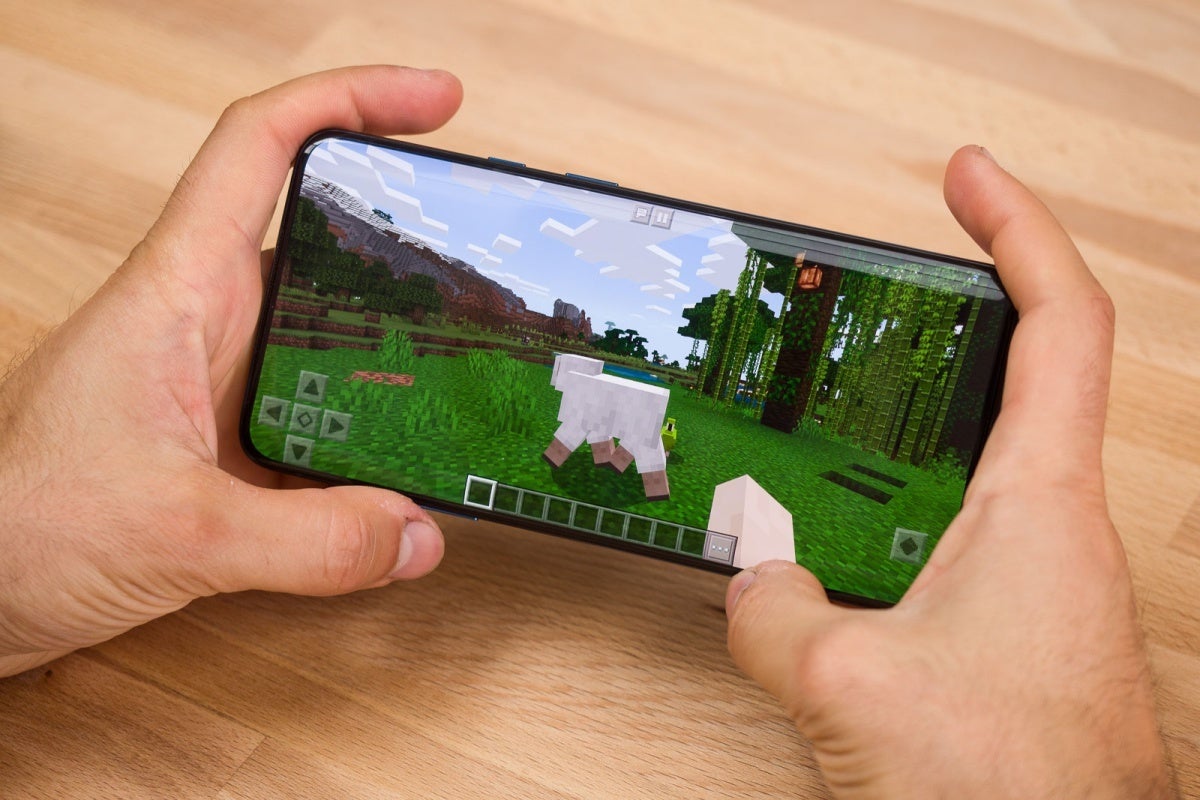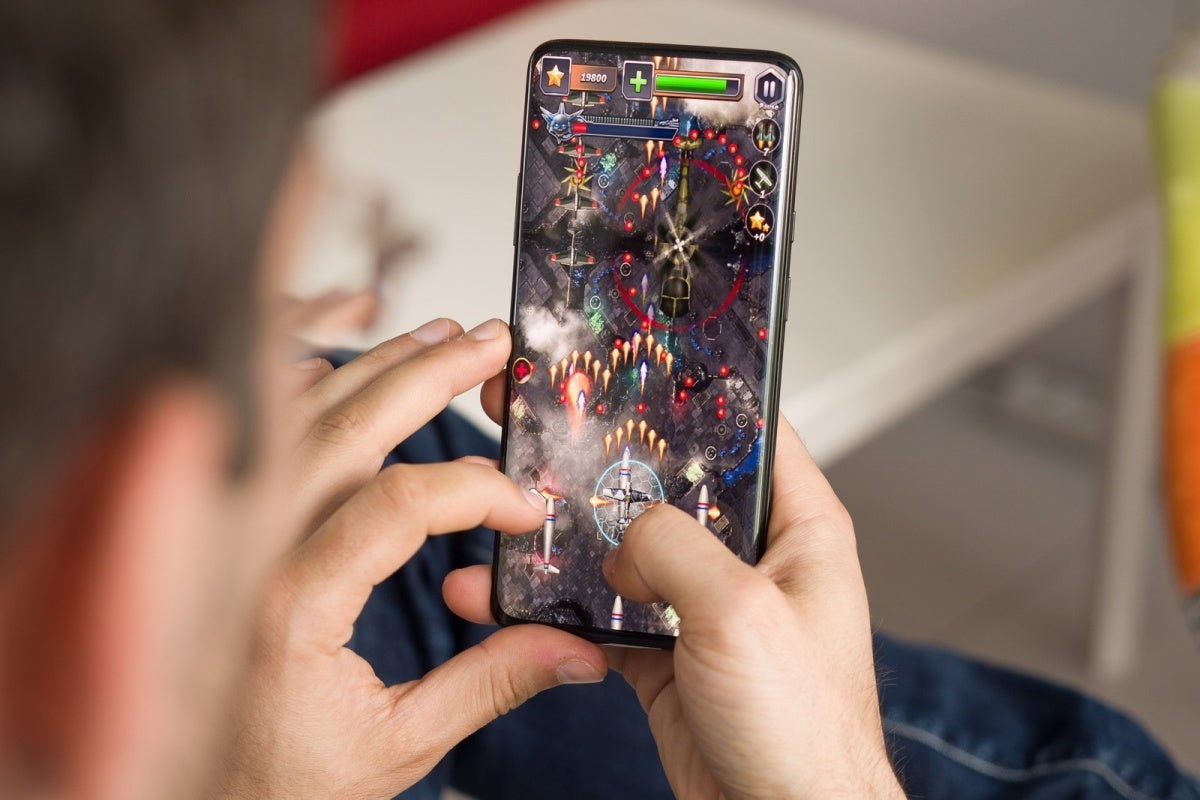The best thing about the OnePlus 8 display is now essentially official

OnePlus 7T Pro
UPDATE: Following today's Shenzhen "Screen Technology Communication Meeting", OnePlus CEO Pete Lau published a "deep dive" on the company's English language forums detailing the 120Hz Fluid Display technology and a few other ways OnePlus aims to deliver the smoothest smartphone display experience in the market this year. Unfortunately, we're still not 100 percent sure both the OnePlus 8 and 8 Pro will come with a refresh rate of 120-hertz.
What we do know is that OnePlus worked with Samsung on this incredible achievement (obviously), so in many ways, the two companies' early 2020 flagship devices should be similar. In addition to a "breathtakingly smooth" 120Hz refresh rate, the OnePlus 8 Pro screen will also have a peak brightness of over 1000 nits and a touch sampling rate of 240Hz going for it.
Perhaps more importantly, the company is promising "many major apps" will be optimized to take "full advantage" of the upgraded refresh rate, with the integration of MEMC technology guaranteeing smoother playback for all the video content that's still produced at modest 24 or 30fps. Last but not least, the next generation of OnePlus's "Fluid Display" will provide support for 10-bit color, reaching "industry-leading" accuracy standards. The original story follows below.
After unveiling not one, and not two, but three excellent phones with 90Hz displays in the latter stages of 2019, OnePlus is unsurprisingly still a few months away from showcasing new commercial-ready devices. In the meantime, though, the company is keeping busy by envisioning an intriguing concept with a never-before-seen feature that aims to hide a handset's cameras in plain sight at some point in the not-so-distant future while also building buzz for the fast-approaching OnePlus 8 family.
The OnePlus 8 and OnePlus 8 Pro are not exactly the tech world's best kept secrets, but it's always nice when we get an official confirmation on the specs of such highly anticipated devices months in advance of their actual release. Especially when the feature being (indirectly) confirmed is as exciting as a screen with a refresh rate of 120Hz.
R&D completed, announcement coming soon
You have to give it to CEO Pete Lau and the gang, as they sure know how to prolong the time spent by their technically unannounced products in the spotlight. After teasing a "Screen Technology Communication Meeting" for today that everyone suspected was all about the aforementioned refresh rate upgrade, the company couldn't wait until the actual event to reveal its breakthrough on Weibo through the voice of its skipper.

The OnePlus 7 Pro was the brand's first phone with a 90Hz display
Obviously, Lau doesn't name any names of upcoming handsets expected to use this groundbreaking display technology, and the same will probably be true for the Chinese press gathering later today. But with "research and development" already completed, there's naturally plenty of time to incorporate the feature into both the OnePlus 8 and 8 Pro, which are rumored to break cover in May after the OnePlus 7 and 7 Pro did the same last year.
Speaking of the handsets' forerunners, you might remember the OnePlus 7 Pro was the brand's first device to support a 90Hz refresh rate, which then quickly became standard for the company's "flagship killers", as the OnePlus 7T, 7T Pro, and 7T Pro 5G McLaren all joined the smooth display club. As such, it shouldn't come as a big surprise that OnePlus is now prepared to go to the next level in its quest for screen hardware perfection.
2020 will be the year of the 120Hz display
While Pete Lau seems to suggest OnePlus is about to "lead the industry" with this breakthrough, it's worth pointing out that there are already a few phones available around the world with blazing fast 120Hz refresh rates. Sharp was the first company to achieve this commercial milestone several years back, but Razer and Asus brought the state-of-the-art technology into the mainstream more recently with the second editions of their respective gaming phones.

Leaked OnePlus 8 Pro renders
All signs point to 120Hz displays becoming standard affair in the high-end segment this year, as Samsung's entire Galaxy S20 lineup and even Apple's iPhone 12 family could make the jump, according to a host of rumors with varying degrees of credibility. For its part, OnePlus is likely to pair the upgraded refresh rate with a resolution of around 3100 x 1440 pixels on the Pro version of the company's next big thing, while the non-Pro model is tipped to settle for a pixel count of roughly 2400 x 1080.
Both high-end devices are obviously expected to sport high-quality AMOLED screens measuring anywhere between 6.5 and 6.7 inches in diagonal. As for why you should care about the bump from a 90 to a 120-hertz refresh rate, you only need to look back at our in-depth OnePlus 7 Pro review last May to understand the hoopla. The 7 Pro raised its predecessors' 60Hz bar and the upgrade felt drastic at pretty much all interface levels in terms of navigation speed and system responsiveness.
This time around, the difference may not feel as substantial simply because the 90Hz displays on the 7 Pro, 7T, and 7T Pro are so phenomenally smooth.
Follow us on Google News
















Things that are NOT allowed:
To help keep our community safe and free from spam, we apply temporary limits to newly created accounts: